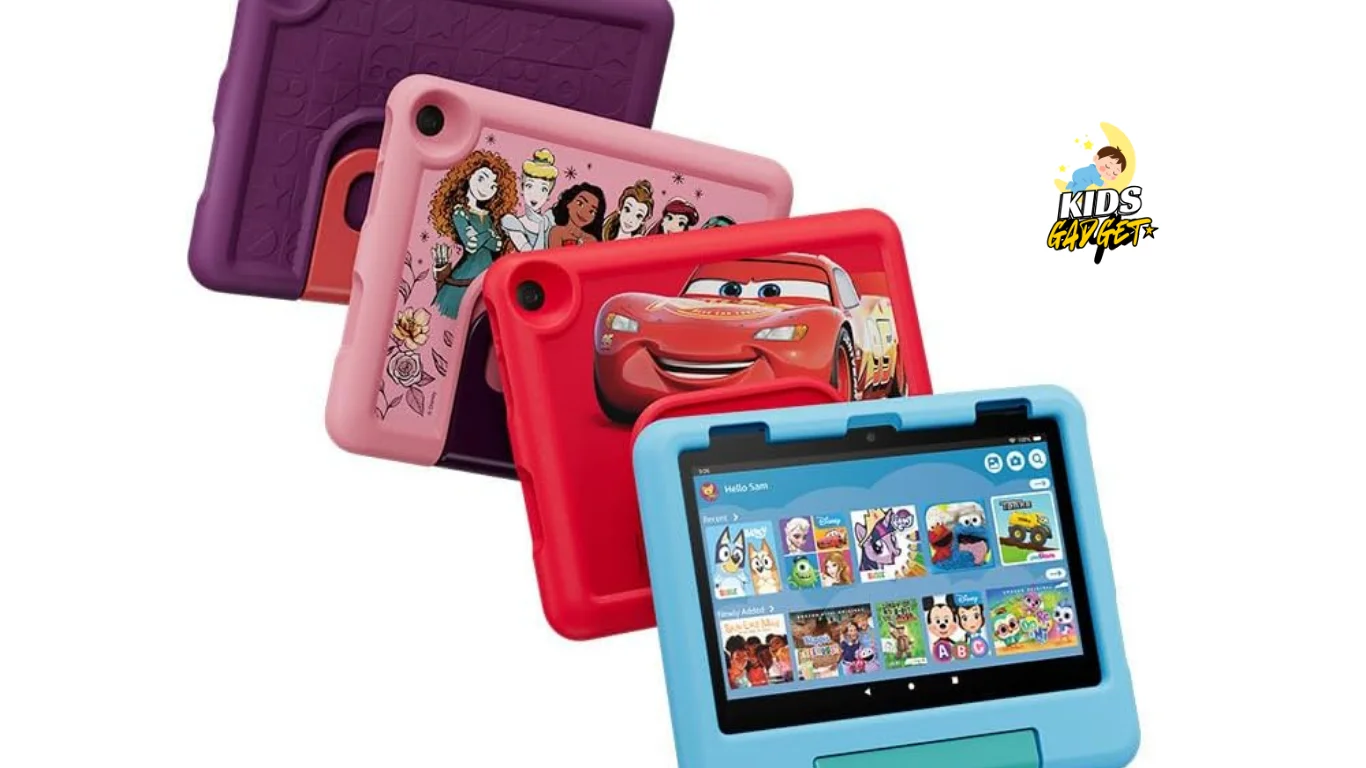Remember that agonizing decision of choosing your first cell phone? Picking the right tablet for kids can feel just as daunting. This guide will help you navigate the options, understand what features are essential for children of different ages, and choose the best tablet for your family’s needs. You’ll learn about key factors to consider, popular models, and ultimately, make an informed decision.
Choosing the Right Tablet Size and Screen Resolution
The screen size and resolution are critical factors impacting a child’s experience. Smaller tablets are easier to handle for younger children, while larger ones are better for older kids who might use them for educational apps or entertainment.
Screen Size Considerations
- 7-inch tablets: Ideal for preschoolers and young elementary school children. They are compact, lightweight, and easy to manage. However, screen real estate might be limited for more complex applications.
- 8-10 inch tablets: A good balance between portability and screen size, suitable for elementary and middle school children. Offer a more immersive experience for games, educational apps, and e-books.
- 11-inch and above: Better suited for older children and teenagers, offering ample screen space for multitasking, media consumption, and more sophisticated apps. However, they are less portable.
Resolution and Display Quality
Higher resolution screens offer sharper images and text, enhancing the viewing experience. Look for tablets with a minimum resolution of 1280 x 800 pixels. Consider features like anti-glare screens to reduce eye strain.
Operating System and Child-Friendly Features
The operating system (OS) determines the tablet’s functionality and the types of apps it supports. Both Android and iOS offer several child-friendly features. This section explores the differences and advantages of each.
Android vs. iOS
- Android: Offers a wider range of devices at varying price points. Many Android tablets include parental control features. However, the app ecosystem might be less curated than iOS.
- iOS (iPadOS): Known for its intuitive interface, robust security, and tightly controlled app store. Apple offers excellent parental controls through Screen Time and Family Sharing. However, iPads are generally more expensive than comparable Android tablets.
Parental Controls and Safety Features
Parental controls are crucial for ensuring your child’s safe online experience. Features like time limits, app restrictions, website filtering, and location tracking provide peace of mind. Explore the parental control options offered by the tablet’s OS and additional apps.
A 2023 study by Common Sense Media found that 80% of parents use parental controls on their children’s devices. This statistic highlights the importance of prioritizing safety features when selecting a tablet for your child.
Durability and Ruggedness: Tablets Built to Withstand Kids
Kids can be rough on their gadgets. Consider tablets designed with durability in mind, especially if you have younger children. This section will cover features that enhance a tablet’s lifespan.
Shockproof and Water-Resistant Cases
- Rubberized cases: Provide excellent shock absorption, protecting the tablet from drops and bumps.
- Water-resistant cases: Offer additional protection against accidental spills or exposure to water.
- Kids-friendly protective sleeves: Offers a better grip and can protect it from scratches.
Ruggedized Tablets
Some manufacturers create tablets specifically for children, incorporating reinforced designs and durable materials to withstand rough handling. These often come with a higher price tag but provide long-term value.
Debunking Myths about Rugged Tablets
Myth 1: Rugged tablets are too bulky.
While some rugged tablets are larger and heavier than standard models, many are designed with portability in mind, making them suitable for kids on the go.
Myth 2: Rugged tablets are too expensive.
The initial cost might be higher, but the increased durability can offset the expense in the long run by preventing costly repairs or replacements.
Educational Apps and Learning Resources
A tablet can be a powerful learning tool. Consider the availability of age-appropriate educational apps and resources when making your decision. This section explores how to get the most of educational apps.
Age-Appropriate Apps
- Preschoolers: Interactive games that focus on colors, shapes, numbers, and letters.
- Elementary School: Reading apps, math games, and educational videos.
- Middle School and High School: Note-taking apps, study tools, and language learning platforms.
Curated App Stores
Look for tablets that offer curated app stores or parental control features that restrict access to inappropriate content.
Best Tablet Recommendations by Age Group
Insert a comparison chart here comparing tablets suitable for different age groups. Consider including factors like screen size, processor speed, storage, price, and special features (e.g., stylus support, kid-friendly interface).
| Age Group | Recommended Tablets | Key Features |
|---|---|---|
| Preschool (3-5 years) | Amazon Fire Kids Edition, Lenovo Tab M7 | Durability, Parental Controls, Kid-friendly Interface |
| Elementary School (6-10 years) | iPad mini, Samsung Galaxy Tab A7 | Larger Screen, Educational App Support, Parental Controls |
| Middle/High School (11-18 years) | iPad, Samsung Galaxy Tab S7 | Powerful Processor, Large Storage, Multitasking Capabilities |
FAQ
What is the average lifespan of a kid’s tablet?
With proper care and a protective case, a kid’s tablet can last 3-5 years. However, faster technological advancements might make it less desirable after a couple of years.
How much storage space do I need?
Consider the amount of apps, videos, and photos your child will store. 64GB is a good starting point, but 128GB or more is recommended for heavy users.
What about battery life?
Aim for a tablet with a battery that can last at least 8-10 hours on a single charge. This is crucial for extended use during travel or schoolwork.
Are there tablets specifically designed for learning?
Yes, several tablets come with pre-loaded educational apps and resources, offering a more focused learning experience.
How can I protect my child’s tablet from damage?
Invest in a robust protective case, and set up parental controls to limit access to inappropriate content. Teach your children about responsible device usage.
Final Thoughts
Selecting the best tablet for your child involves careful consideration of several factors, including screen size, operating system, durability, and educational apps. By weighing these factors against your child’s age and needs, you can find a device that promotes learning, entertainment, and responsible technology usage. Don’t delay – start your search today and empower your child with the perfect tablet!

